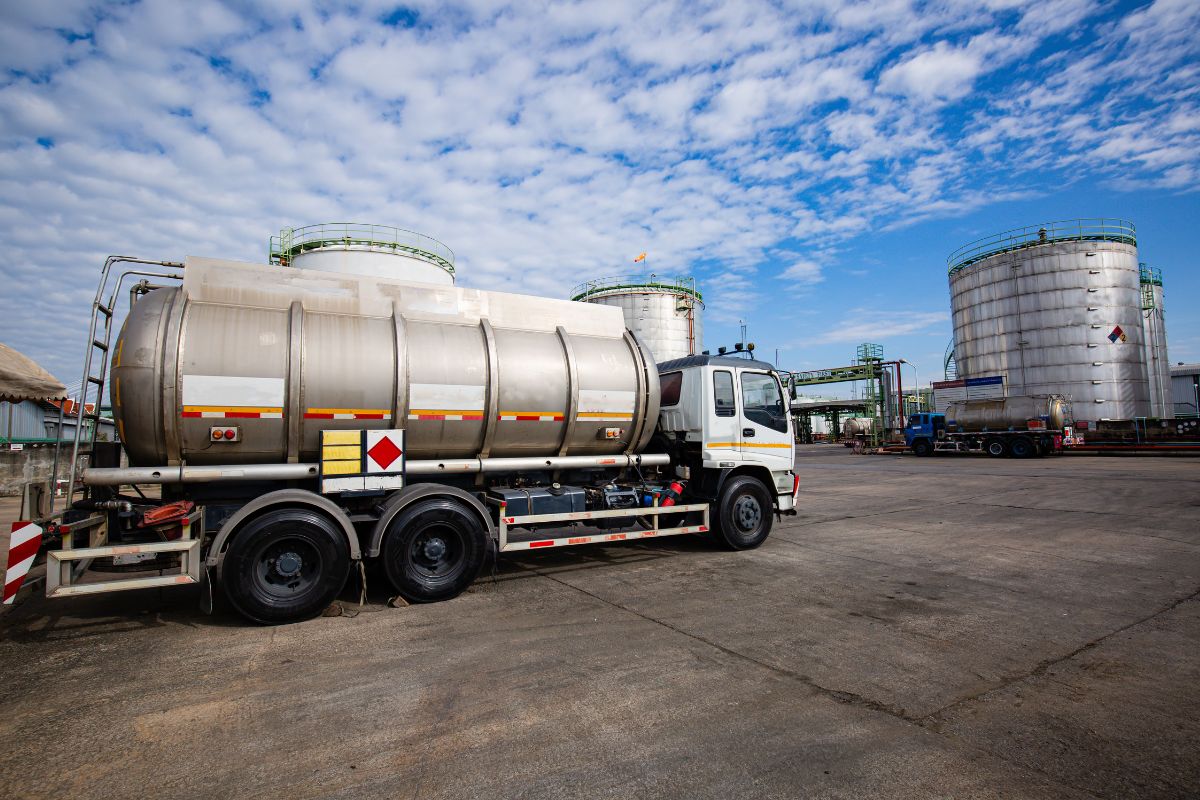When it comes to the high-stakes world of transporting hazardous materials, the phrase ‘knowledge is power’ could not ring truer. For Heavy Goods Vehicle (HGV) professionals, safety and compliance are not just buzzwords; they are at the core of every successful operation. However, navigating the complex web of regulations and best practices can often feel like deciphering ancient hieroglyphics.
In this exhaustive guide, we’ll take you from the inception of the transport process to the secure delivery of dangerous goods, ensuring that every mile of your operation is as safe as it is compliant after you train for your ADR licence.
Understanding Dangerous Goods
Before wheels turn and cargo shifts, a profound comprehension of what constitutes ‘dangerous goods’ is paramount.
Defining Hazardous Materials
The term ‘dangerous goods’ encompasses any object, substance, or material that poses a risk to health, safety, property, or the environment. These can include common items such as chemicals and gas cylinders, as well as more surprising items like magnetic materials or dry ice.
Categorising Risks
To manage these risks effectively, dangerous goods are classified into different categories based on their potential hazards:
1. Class 1 – Explosives
2. Class 2 – Gases
3. Class 3 – Flammable Liquids
4. Class 4 – Flammable Solids; Substances Liable to Spontaneous Combustion; Substances Which, in Contact with Water, Emit Flammable Gases
5. Class 5 – Oxidising Substances; Organic Peroxides
6. Class 6 – Toxic and Infectious Substances
7. Class 7 – Radioactive Material
8. Class 8 – Corrosives
9. Class 9 – Miscellaneous Dangerous Substances and Articles
Complying with Legislation
No conversation about transporting dangerous goods is complete without addressing the labyrinth of legislation that governs this field.
The ADR Agreement
The ADR (Accord européen relatif au transport international des marchandises dangereuses par route) is a crucial international agreement that regulates the transport of dangerous goods by road. It is updated regularly to align with technological progress and the discovery of new hazards.
National Regulations
While ADR serves as a grand blueprint, it is refined and implemented in the laws of each participating country. These regulations may harmonise with ADR or place additional restrictions, and it’s vital to be aware of the specific laws in every jurisdiction you traverse.
Compliance Documents
A variety of official documents must accompany dangerous goods during transport, including the Dangerous Goods Note. These documents should clearly outline the nature of the hazardous materials aboard, their classification, and necessary safety information for handling and emergency response.
Handling, Storing, and Packing Dangerous Goods
Proper handling, storage, and packaging are the keystones of dangerous goods transportation.
Personnel Training and Procedural Implementation
Before any package is even labelled, it is essential to ensure that all personnel involved in the transport process, from loading to offloading, are adequately trained in handling dangerous goods. This education should cover classification, labelling, documentation, and emergency response.
Secure Storage
Safekeeping starts long before the HGV ignition. During transit delays or rest times, it is critical to store dangerous goods in appropriate facilities equipped to contain potential hazards.
Appropriate Packaging
Materials and containers used in the transport of dangerous goods must meet stringent criteria defined by their classification. This may include pressure-resistant vessels for gases or spill-proof containers for liquids.
Transporting the Goods
With appropriate preparations in place, the actual transportation of dangerous goods can begin.
Choosing the Right Vehicle and Equipment
Selecting a vehicle equipped with the necessary safety features, such as fire extinguishers, first-aid kits, and appropriate warning signs, is critical. The vehicle should also be suitable for the specific class of dangerous goods being transported.
Planning the Route
Route planning involves much more than choosing the fastest path from A to B. HazMat professionals must consider avoiding heavily populated areas, tunnels, and any location that could exacerbate the risk of a spill or exposure.
In-Transit Safety Measures
Drivers must adhere to the highest standards of safety while on the road. This includes avoiding unnecessary stops, securing the load to prevent shift or fall, and following prescribed speed limits and handling procedures.
Responding to Emergencies
Disaster strikes without warning, which is why an emergency response plan must be firmly in place.
Preparing for Contingencies
Having a set, rehearsed procedure to manage spills, fires, or other emergencies can mean the difference between containment and catastrophe.
Collaboration with First Responders
Local emergency services are often the first line of defence in disaster scenarios. By collaborating with them and providing detailed, accessible information about the cargo, the HGV industry ensures a better, faster response.
Continual Improvement
The HGV industry, like any other, is in a state of continual evolution. This holds especially true for the transport of dangerous goods, where regulatory frameworks are constructed to adapt to new technologies, understandings, and threats.
Industry Engagement and Knowledge-Sharing
Actively engaging with industry organisations and participating in knowledge-sharing initiatives can keep your practices at the forefront of safety and compliance.
Harnessing Technology
Advancements in technology offer new tools for managing the transport of dangerous goods. From GPS tracking that provides real-time information on the cargo’s location to smart packaging that alerts to potential breaches, tech solutions are invaluable allies in the battle for safety.
Professional Development
Staying abreast of the latest training and certification programs is not just a regulatory mandate; it’s an investment in the safety of your team, your clients, and the public at large.
In conclusion, the transport of dangerous goods is a singularly serious undertaking, but one that can be tamed through meticulous preparation, unwavering adherence to regulations, and a commitment to ongoing improvement. By treating each hazardous cargo as both a potential risk and an opportunity to showcase your industry prowess, you’ll not only ensure the safety of all involved but also carve a reputation as an entity that’s truly invested in its cargo, community, and crew.

